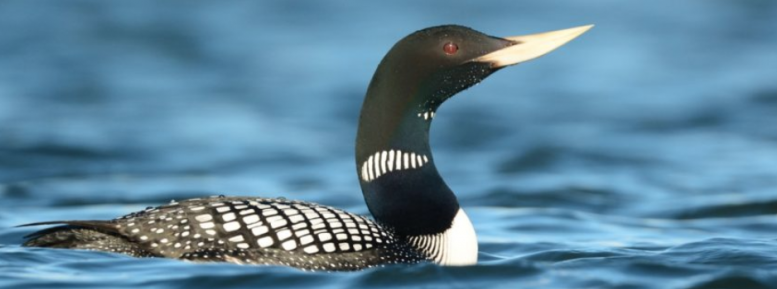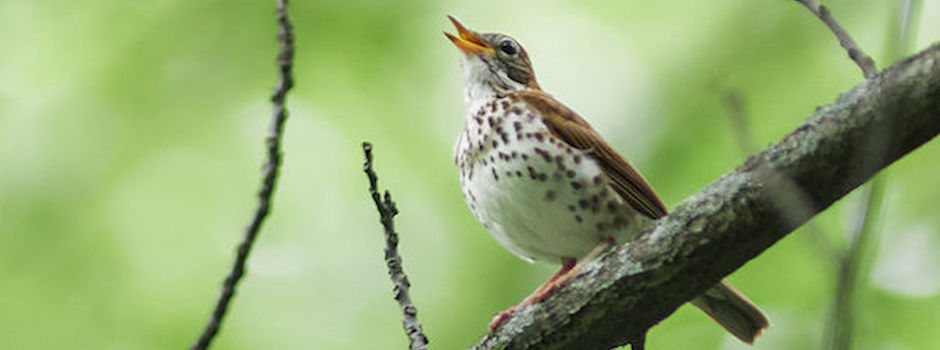Long-term Bird Data Collection Yields Insights for the Future
The Sonoran Joint Venture has been supporting long-term ecological monitoring for decades. This spring we partnered with the Tucson Audubon Society (TAS) and the Bureau of Land Management (BLM) to revive a Monitoring Avian Productivity and Survivorship (MAPS) bird banding station in the Las Cienegas National Conservation Area in southeast Arizona. This station was previously [...]












